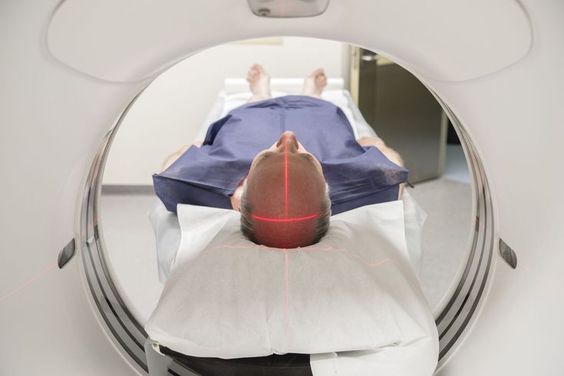To those who didn’t know, Multiple Sclerosis or MS is a central nervous system disorder that is difficult to detect. It is known that its symptoms are different on each individual or patient and those symptoms can also mimic the symptoms given by other kinds of diseases. An additional fact is that there are no imaging or blood tests regarding this disease. Nowadays, neurologists and other medical experts are using the McDonald Criteria when it comes to diagnosing multiple sclerosis. Six years ago, these guidelines were also revised and updated, therefore allowing the disorder to get diagnosed in an earlier period.
The McDonald Criteria
The McDonald Criteria is used for diagnosing MS by means of observing the main symptoms of MS or by checking out for MS relapses. According to the criteria, before a patient is diagnosed to have multiple sclerosis, it is needed that at least two areas of the central nervous system must have the symptoms. Aside from that, those relapses must be separated by at least a span of four weeks or more. In addition to that, the relapses must be somehow confirmed either by MRI, neurological examinations or even by means of a visual evoked potential.
Once the patient is known to have these symptoms, other clinical tests such as blood work, further visual evoked potentials and a lumbar puncture must be done in order to confirm that the patient has MS and not just some other disease. Needless to say, it can be somewhat emotionally damaging if a patient has been wrongly diagnosed with MS, even though he or she has none.
In addition to McDonald Criteria, these are the things that a doctor does once he or she suspects that his or patient has MS:
- Inquiries about the Patient’s Medical History. In order to confirm the diagnosis of MS, a doctor usually asks his or her patients about their medical history. This includes some symptoms that the patients feel, the other physician’s findings and even further inquiries about their family history.
- Neurological Exams for diagnosing MS. These examinations include various tests regarding the patient’s strength, reflexes, sensation, coordination and most of all, function of the cranial nerves.
- Lumbar Puncture regarding MS diagnosis. Commonly known as a spinal tap, the test involves extracting a small quantity of cerebrospinal fluid from the patient’s spinal column by means of a needle that is inserted between the patient’s vertebrae. This is mostly done especially if the attending physician still has doubts regarding the patient’s real condition.
How to Identify and Diagnose Multiple Sclerosis
